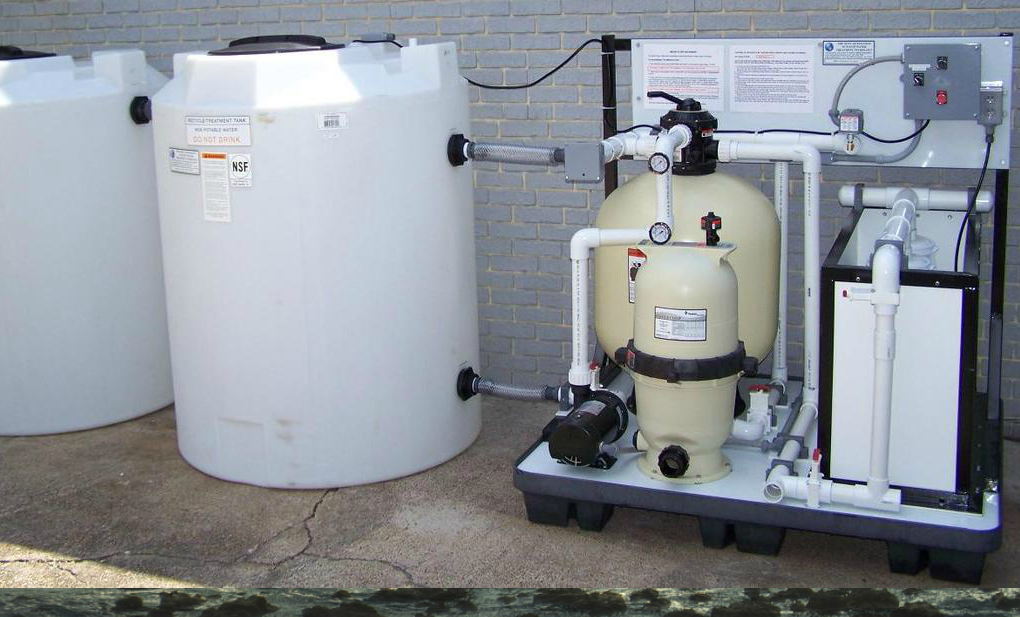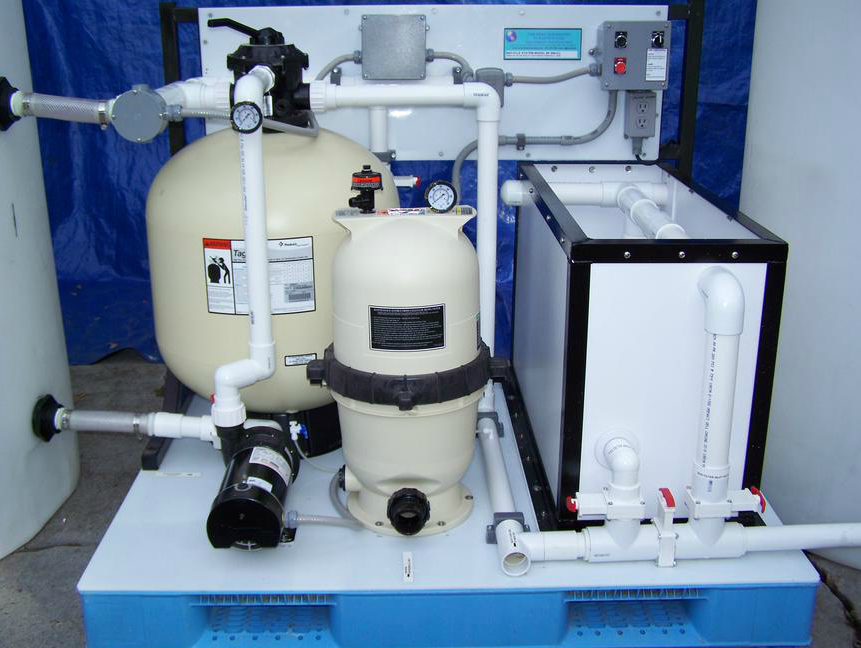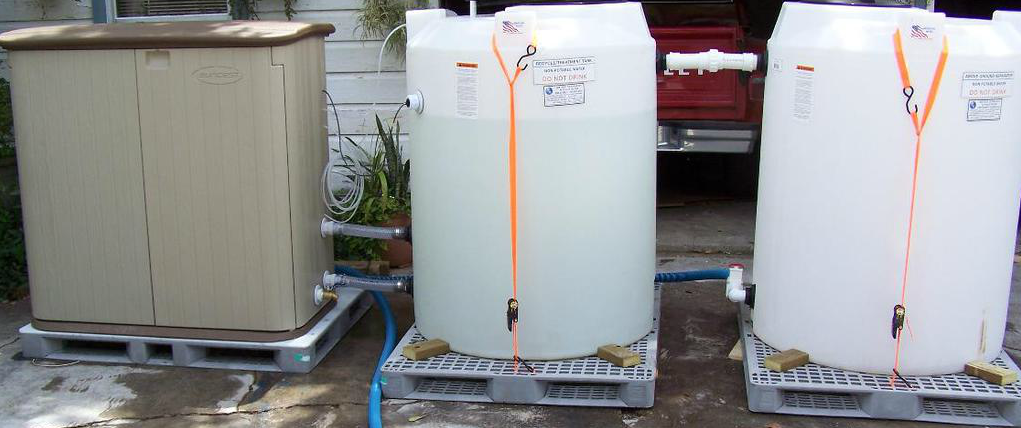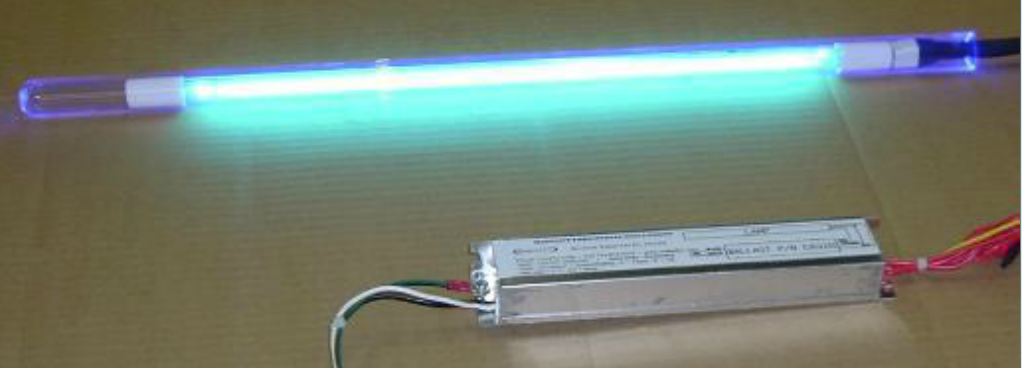

The second system uses a cyclone separator to remove solids. The Cyclonic Filtration system uses centrifugal force using a tangential entry to direct the water to flow in a rotational pattern within the filter vessel. Gravitational forces are used to separate large particles, which in turn are purged from the filter vessel continuously into a collection tank. The design of this system recycles the water through the cyclonic filter multiple times to increase the filter effectiveness. In their operation instruction, if the solids discharge port becomes plugged, a wire is used to clean out the discharge port. In a marina environment MURPHYS LAW says it’s not if the discharge port plugs, it’s when this discharge port plugs.
Who is going to be watching this phase of the operation, there are no alarms or signals that the discharge port is plugged. As the water becomes more and more contaminated with solids the next problem is the pressure washer. As it discharges dirty water under high pressure the solids will damage the pressure washer, cause poor cleaning, could damage the finish on the boat, and have hazardous over spray. Even if the unit is mounted on a trailer next to the cleaning operation by the time the operator is aware of the problem it may be too late and the damage to the pressure washer and boat finish is already done. Can you afford replacing the pressure washer or the damage to a million dollar boat finish? Other closed loop recycle systems are better designed to cover the drawbacks of the simpler recycle systems, however to accomplish this, the process becomes more complex.

to remove Copper and other Heavy Metals this requires replacing or having the carbon regenerated it’s difficult to tell when the carbon is spent, and the cost of disposal and regenerate the carbon is ongoing.
ELECTRO COAGULATION
this technology is expensive, complex control system using micro processor technology, and difficult to trouble shoot problems.
ENCLINE PLATES
used to cause solids to stick to plastic plate set at an angle, this is what we call single pass technology where waste water is pass through the plate area at a very slow flow 5 to 10 GPM allowing the solids to settle on the plates and fall into a collection tank.
CHEMICAL COAGULATION
this technology has been around for a long time and a proven technology in the waste water treatment industry. In the marina and boatyard environment we find that this technology is not required.
OPERATIONS AND MAINTENANCE
Regardless of what a salesman tells you there will be maintenance required of any recycle system. The single most important item in operation of a recycle system is maintenance. Like any other equipment or mechanical device, periodic systems checks and routine maintenance will be required to keep operation at peak performance. Recycle systems are not a “black box” where dirty water goes in and clean water comes out.
CONCLUSION
As explained above, design, installation, operations and maintenance considerations contain many common sense items. Moreover, design, installation, and operation and maintenance should be view as coactive in nature rather than as separate items in the selection of a recycle system. Using a common sense approach will result in a satisfied owner/operator.

